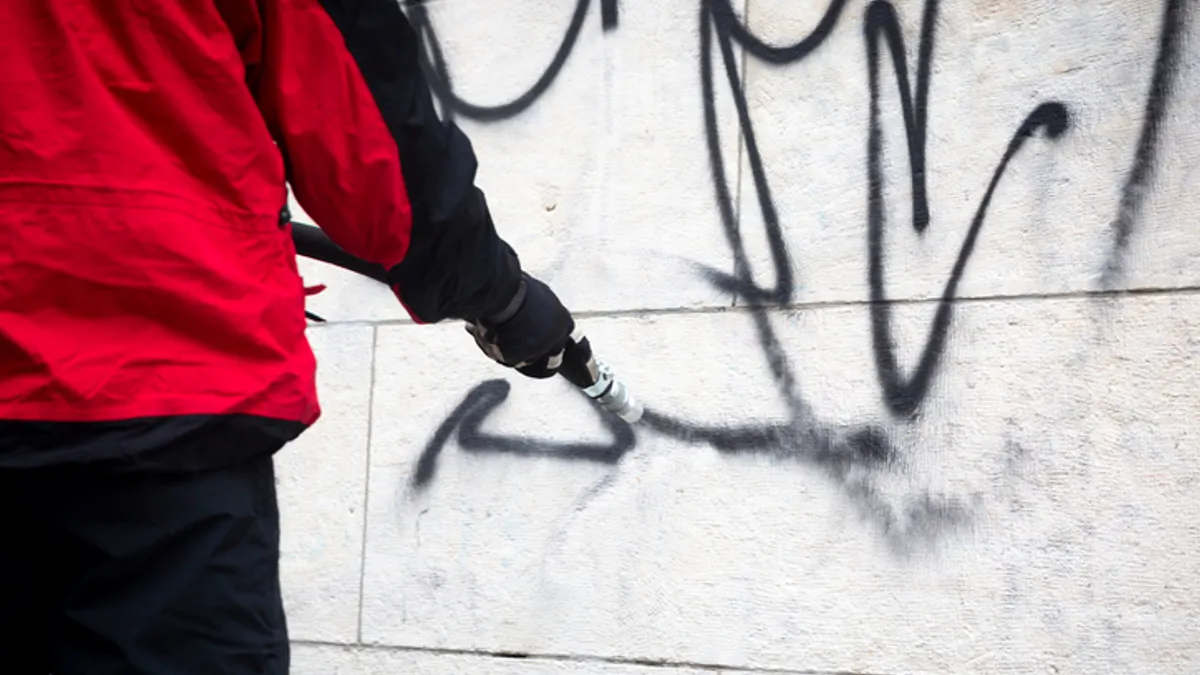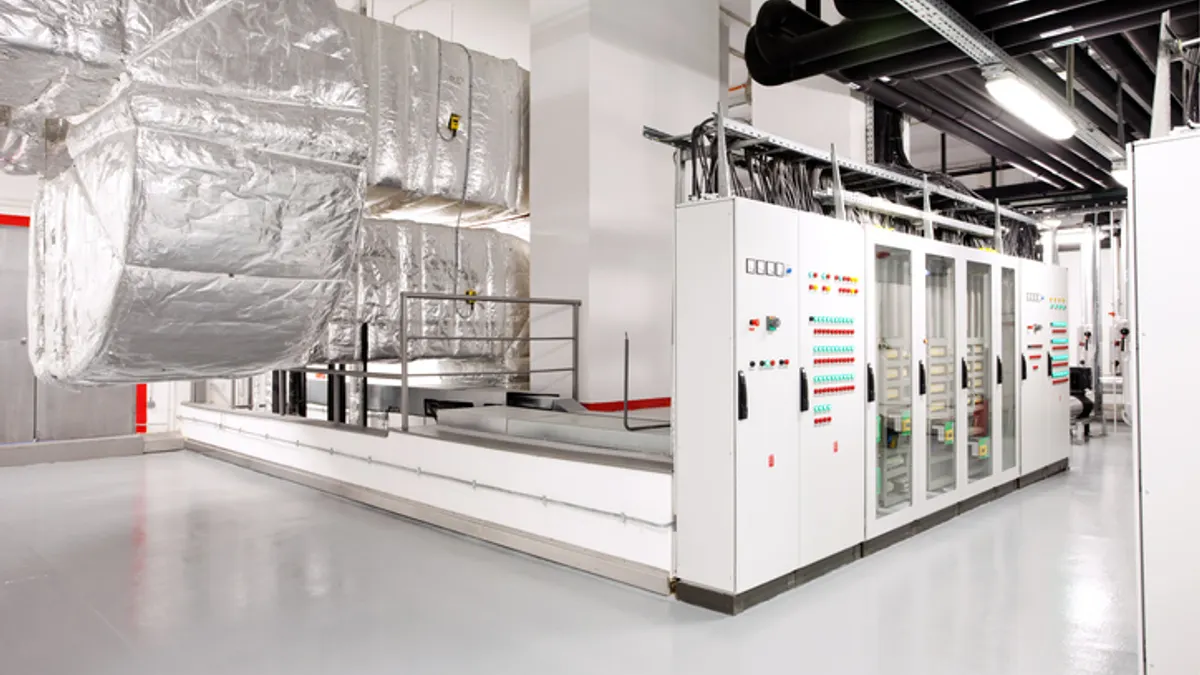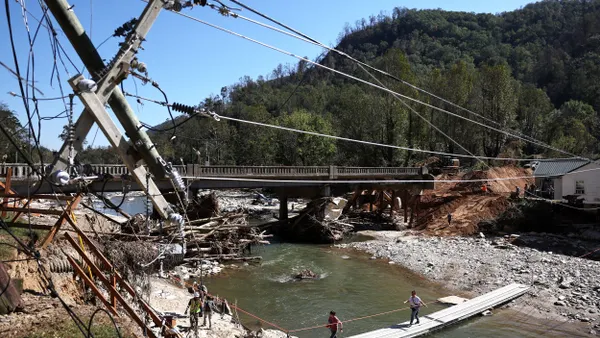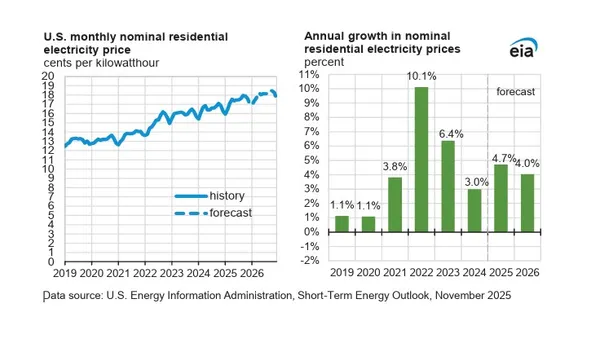When Harrisburg, Pennsylvania, residents got together in September to remove graffiti from some of the city’s downtown properties, they did what they could using a pressure washer and cold water. Facilities managers have more options. Advancements in lasers and coatings, along with the availability of drones, have changed the calculus of the graffiti problem, specialists in the space say.
“Graffiti [is moving] from a major expense into a manageable issue,” Julia Skladzinski, marketing manager at smart equipment company Omnisight, said in a blog post earlier this year.
Here’s a brief look at some advancements in removal methods:
Lasers
The biggest change with lasers is their portability, says Claire Dean of Dean & Associates Conservation Services in Portland, Oregon.
“We have a lot of more portable [laser] units and more controllable ones, including units that we can literally take out into the field,” Dean said in a National Park Service podcast. “A portable laser a few years ago was typically the size of a small car [so] taking them out to other locations was really not feasible.”
Previously, the amount of power needed to run those large lasers in the field also worked against them, she said.
One of the advantages of laser removal is it prevents the kind of surface damage that can come with caustic chemicals, Dean said. It also protects people doing the cleaning from exposure to harmful fumes. “Solvents … have issues with giving off vapors into the air and with disposal of the waste materials,” she said.
Drones
Drones are mainly used for covering up surfaces in hard-to-reach areas with paint. A next step might be outfitting them with lasers.
In a report on a pilot program, the Washington State Department of Transportation called drones a cost effective and safe way to approach hard-to-reach surfaces.
“In dangerous and difficult locations, [drones are] a better use of resources,” the report says. “It takes less time to remove the graffiti … which deters ‘retagging.’”
Coatings
For facilities that don’t have a problem or have already used lasers or cleaning agents to remove graffiti, coatings are a way to keep surfaces from being defaced by preventing inks and paints from adhering to surfaces.
“It serves as a permanent protective coating of masonry,” manufacturer Wacker Chemie says in a video. The company makes a coating called SILRES BS 710 that “provides protection against graffiti, stickers, posters and dirt,” it says
Other protective coatings include Blok-Guard from Prosoco, VandlGuard from Grainger and Vandal Mark Remover from Claire.
Wacker says application is easy once the surface has been cleaned and dried. “Using a brush, roller or airless spray equipment, [apply it] at temperatures of over 5 degrees Celsius [41 degrees Farenheit],” the company says.
In a demonstration, the company removed a small patch with a wet sponge and a large area with a pressure washer and cold water.
The coating works on brick, sand-lime brick and concrete, old and fresh. “It remains protected even after the wall has been repeatedly cleaned” based on a surface test it conducted 20 times, the company said.










